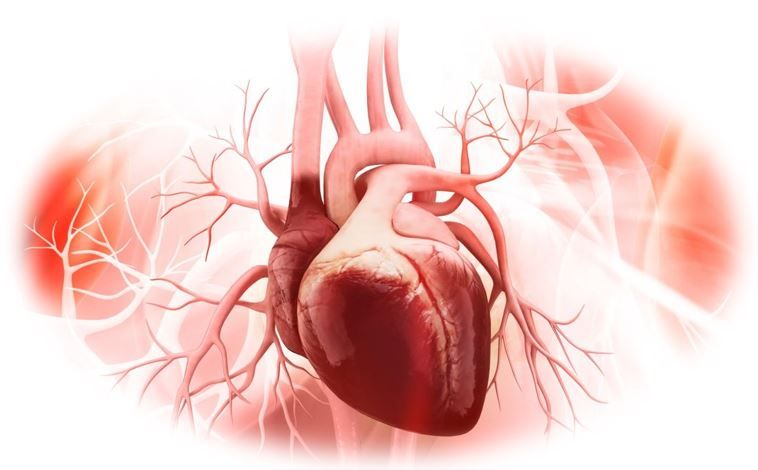- Clinical Technology
- Adult Immunization
- Hepatology
- Pediatric Immunization
- Screening
- Psychiatry
- Allergy
- Women's Health
- Cardiology
- Pediatrics
- Dermatology
- Endocrinology
- Pain Management
- Gastroenterology
- Infectious Disease
- Obesity Medicine
- Rheumatology
- Nephrology
- Neurology
- Pulmonology
Speculation Continues on Cause of Damar Hamlin’s On-field Cardiac Arrest
Commotio cordis is among the theories circulating around Buffalo Bills safety Damar Hamlin's on-field cardiac arrest.

Buffalo Bills safety Damar Hamlin suffered a cardiac arrest and collapsed on the field during last night’s NFL game against the Cincinnati Bengals, said the Bills in a statement early Tuesday morning.
Approximately 9 minutes into the Monday Night Football game, Hamlin tackled Bengals receiver Tee Higgins after a 13-yard catch. Higgins rammed into Hamlin at full speed, hitting him in the head and chest area. Hamlin quickly stood up, took 2 steps, and collapsed backward.
"Damar Hamlin suffered a cardiac arrest following a hit in the Buffalo Bills' game versus the Cincinnati Bengals. His heartbeat was restored on the field, and he was transferred to the University of Cincinnati Medical Center for further testing and treatment. He is currently sedated and listed in critical condition,” stated team officials.
In an interview this morning, CNN’s Chief Medical Correspondent Dr Sanjay Gupta highlighted the fact that the medical personnel immediately administered CPR on the field for approximately 9 minutes following the incident.
"Just the time is of such critical importance here in terms of taking care of someone like this. The response from the medical team was fast and seconds and minutes matter in a situation like this," said Gupta.
While the exact cause of the cardiac arrest is unknown, it has been hypothesized that the hit to Hamlin’s chest occurred during a certain critical period in the cardiac cycle and triggered commotio cordis.
“The vast majority of players who go down have some undiagnosed underlying cardiac condition. In this instance, the timing following a tackle raised the spectrum [sic] of whether this could be commotio cordis,” said Judith McCall, cardiologist, Harrington Heart and Vascular Institute, University Hospitals Cleveland Medical Center, in an interview with 19News in Cleveland.
According to the American Heart Association, commotio cordis is a “rare phenomenon from a sudden blunt impact to the chest causing sudden death in the absence of apparent cardiac damage.”
Another possible cause of cardiac arrest is hypertrophic cardiomyopathy, which is a more common cause of sudden cardiac mortality in young adults and, specifically, athletes.
Also, McCall pointed out that the cardiac arrest could be due to an undetected structural abnormality. “When you look at sudden cardiac arrest in athletes and in patients under age 30, it is in the vast majority of cases an undiagnosed structural abnormality.”
Similar to Gupta, McCall pointed to the prompt medical intervention as the reason Hamlin is alive.
“CPR is such a differentiator in survival after cardiac arrest and I think that the reason he is alive is because he received prompt CPR,” said McCall. “To restore an abnormal heart rhythm, external defibrillation is necessary, so having an AED [automated external defibrillator] and CPR are vital.”
In addition, McCall said a key takeaway from this incident is that CPR saves lives. “Most players who go down are not going down on professional fields, so to save lives, learn CPR. CPR is the difference in survival, it extends your recoverable period until help arrives and a defibrillator arrives, and its profoundly impactful,” said McCall.
Hamlin remains hospitalized in the intensive care unit in critical condition, according to a tweet from the Buffalo Bills.
A Tuesday statement from Hamlin’s family did not provide an update on his condition, but did note they will, “release updates as soon as we have them.”
